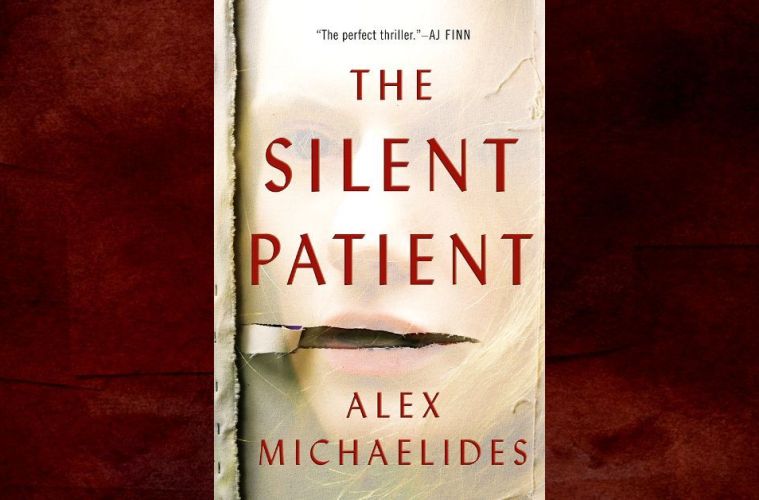by Fran Lyons
I learned about Dad’s fall on a Monday afternoon in August, two days after his eighty-seventh birthday. The doorbell security camera shows Dad shuffle across the wet grass with Gracie, his smaller dog while his neighbor walked the other dog. No cane in his hand, no walker, and no one escorting him. The video cuts out as he nears the neighbor’s driveway. I’m both frustrated and relieved that it stopped because then we’d know exactly what happened.
On Monday, August 10, 2020, a derecho passed through northern Illinois. A derecho is a widespread, long-lasting wind storm with multiple fast-moving squall lines. There were fifteen tornadoes in northern Illinois that day, and the town of Harvard, where Dad lived, experienced sustained winds over seventy-five miles per hour. The skies were dark, and tornado sirens kept sounding to ensure residents remained in their homes.
Dad was alone, but had Stella and Gracie to keep him company, although they were likely spooked from the storms as most dogs are. The house had a full basement, but he was too unsteady to use the stairs to take shelter.
Read More
